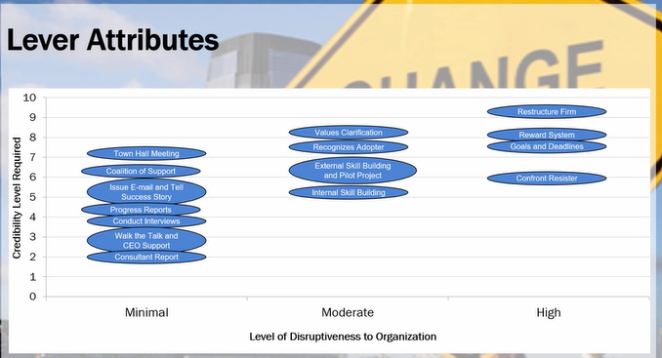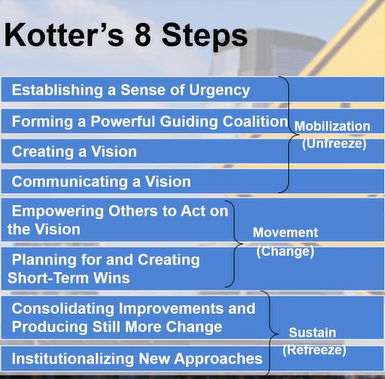Based on my research from Google’s official site-Analytics Help information center, here is some default setting that can guide the beginners to get familiar with medium and source in Google Analytics.
Caution: if your company have assign custom values, they might have been using utm_source, utm_mediumto tag the campaigns. Therefore, you might see something differently.
These are the basic rules of thumbs:
Medium: the category of source. They define origins of your traffic and the types of them can be broken down into:
- Organic: these are unpaid search traffic
- CPC: these are paid search traffic
- Referral: these are referral sites that can be connected to your paid/unpaid media or social media sites
- None: these are direct traffic
Sources: they can be easily matched to the bigger category aka Medium
- Search Engine:
- Bing
- Referring Site:
- Email:
- Newsletter
- None:
- Direct:
- typed in URL
- Bookmark
- Direct:

